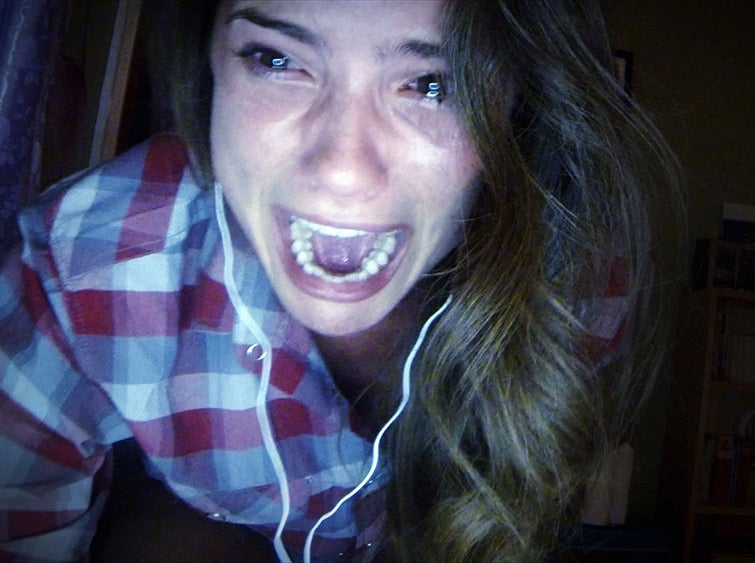
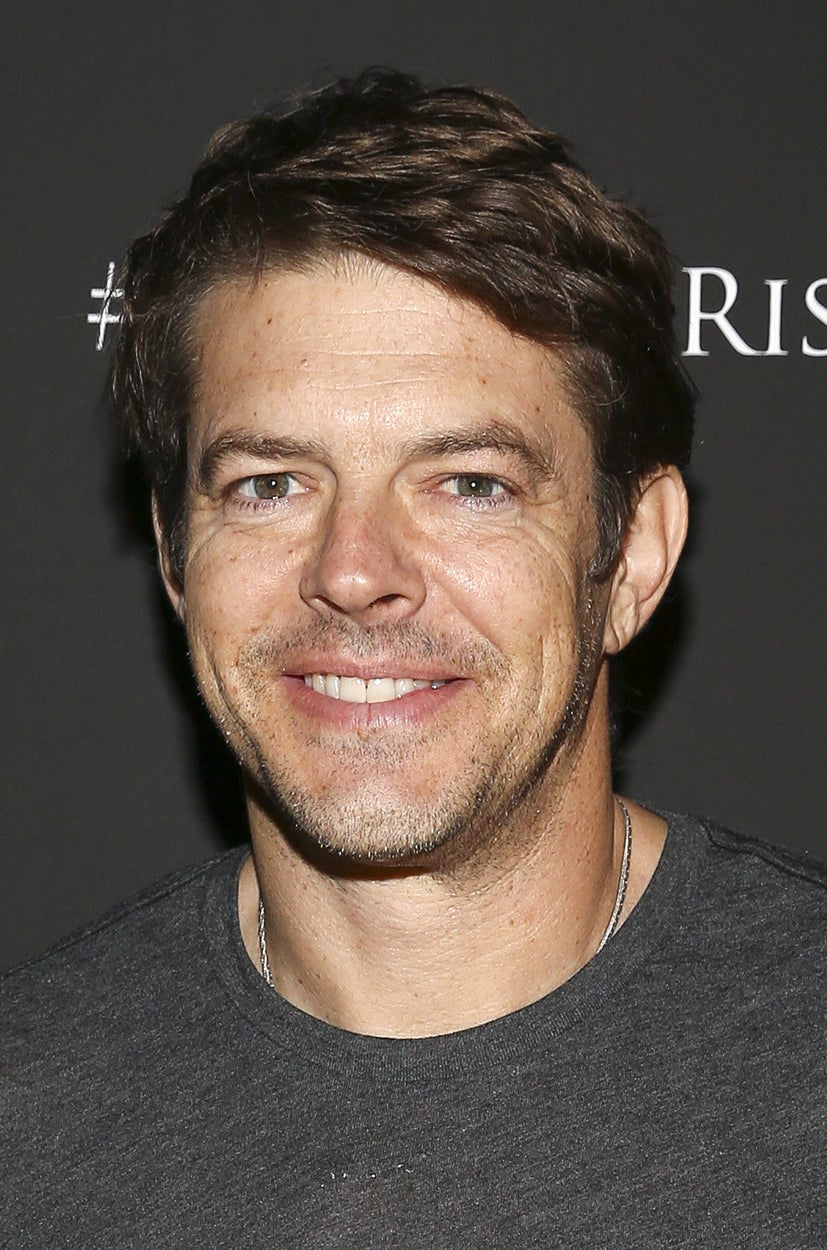
Jason Blum is producing some of Hollywood's riskiest films, even though he doesn't see it that way. As the founder and CEO of Blumhouse Productions, he's found a unique niche by producing low-budget horror that often has mainstream appeal.
"I think the lower the budget is, the more you charge forward with new ideas, as opposed to modeling movies on prior successes," Blum told BuzzFeed News in an interview at The Redbury, a boutique hotel in the heart of Hollywood.
Several of his films — including Paranormal Activity, The Purge, and Insidious — have launched successful multimillion-dollar franchises, and his latest production could do the same. Unfriended, which is now in theaters, is a found footage ghost story set entirely inside a computer. The film follows a group of high school friends being terrorized on Skype and Facebook by their dead friend, Laura (Heather Sossaman), who killed herself after an embarrassing video of her drunken escapades went viral.
"The low budget is a crucial part of our business," Blum said. "If Unfriended were a $20 million movie it never would get made."
Blumhouse caps films at around $4 million. (Sequels tend to be higher budget, given the proven success of the first and the need to draw back the original talent.) Even if a film only gets a limited release, Blumhouse will almost always at least make back their investment. It's a tactic that allows Blum and his colleagues to bet on more innovative projects.
"Hollywood has a real tendency of, Oh, this movie worked. Let's make a movie like it. And I like to push our company to do the opposite, which is, You know what? Let's try new stuff," Blum said. "I'm able to give filmmakers final cut and say, 'Do what you wanna do,' because we don't actually have that much risk. I couldn't be as loose if we were making movies for $10 million."
The fact that Blumhouse films embrace high-concept ideas has given them an edge with horror fans and, to some extent, critics: The original Paranormal Activity earned an 83% on Rotten Tomatoes, while Insidious has a respectable 66%. And Unfriended looks to be on a similar track.
"The two things that draw me to movies, these days anyway, are: Is it unique and is it scary? I think those things are linked," he said. "Does it feel like something we haven't seen before, or are there aspects that feel like aspects we haven't seen before? Does it really get under your skin? And I feel like those boxes were very checked with Unfriended."
To better understand the Blumhouse strategy, BuzzFeed News asked Blum for insight into some of his biggest successes and failures, and what he's learned from each.
Paranormal Activity (2009): Don’t be afraid to take chances.

Ten years after The Blair Witch Project brought found footage horror to the forefront, Paranormal Activity revitalized the genre. In developing the movie — which was made on a $15,000 budget and ended up grossing nearly $200 million worldwide — Blair Witch served as inspiration not only for filmmaker Oren Peli, but also for Blum.
"I had passed on Blair Witch when I worked for Miramax," he recalled. "I remember regretting it. And Harvey [Weinstein] never let me forget it. And I remember learning a lesson that no one really knows anything — that's what everyone says about Hollywood, but you don't really understand that until you've lived it. I really lived it with Blair Witch."
Paranormal Activity was already finished and about to vanish into obscurity when Blum got onboard. Initially a DreamWorks release, the film went to Paramount when the studios ended their partnership in 2008. Paramount planned to release Paranormal Activity solely on DVD, but, inspired by Blair Witch's surprising success, Blum worked out a deal with Peli to get the film distributed. It ended up in theaters in 2009, two years after it was done.
Once Paranormal Activity became a smash hit, a sequel seemed inevitable, but that contradicted conventional filmmaking wisdom. "A lot of people said, 'You can't make a sequel to a found footage movie,'" Blum said, citing the disastrous Book of Shadows: Blair Witch 2 as an example of how wrong things could go. "We were fighting against that notion. Kip Williams directed the second movie, he did a great job on that movie, and then we were able to make more."
Paranormal Activity 2 had a significantly higher budget at $3 million, but it earned almost $180 million worldwide. The sixth film in the franchise, Paranormal Activity: The Ghost Dimension, is scheduled for release in October of this year.
The River (2012): Recognize your limitations.
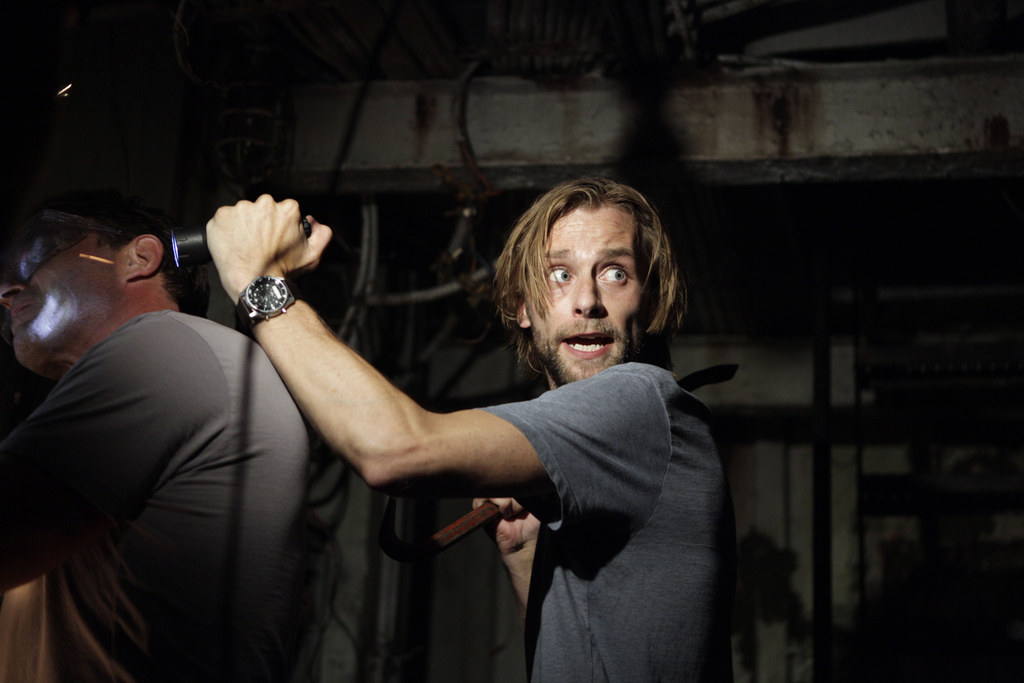
Translating found footage horror to television was a daunting prospect, but it's one that Blum — with some urging from Steven Spielberg — was eager to take on. Spielberg was disappointed that DreamWorks would no longer be distributing Paranormal Activity and called a meeting with Blum and Peli to discuss the idea of collaborating on a TV series. And The River, a found footage thriller set in the Amazon, was born from that meeting.
Although there was buzz when the show first premiered, ratings dropped throughout the season. ABC canceled The River after airing the eight produced episodes, and while Netflix considered picking it up, they ultimately passed, leaving The River dead in the water.
"It should have been on cable. It was a cable show on network TV," Blum said. "If that show were on cable, it might still be on television."
Still, he admitted that when it comes to television, he still has a ways to go. "The challenge is like when you're doing anything new. We're really established in features, so people listen to what I have to say. People don't listen to me in TV," Blum said. "It's like we're starting over to a certain degree. And we're trying to catch our Paranormal Activity."
But he remains optimistic, noting his pride over HBO's The Jinx, for which he was an executive producer. His forays into TV with Blumhouse will be something of an uphill battle until they find, in Blum's words, a "pop culture series phenomenon." Whether that can be found footage horror remains to be seen.
Insidious (2011): Focus on the filmmaker.
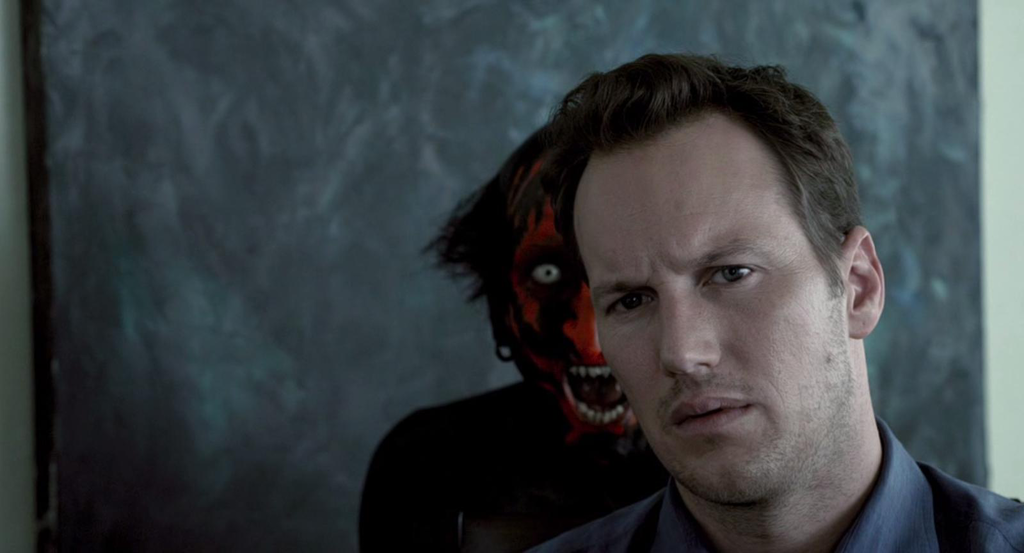
Unlike Paranormal Activity and The River, Insidious was a more traditional entry into the horror genre, a blend of haunted house and possession stories. But Blum stressed the importance of looking not only at the idea, but also at the filmmaker.
"The company is very filmmaker-driven, almost more than idea- or high-concept-driven," he said. "I put more emphasis on filmmakers than maybe Hollywood does."
At the time he was pitching Insidious, director James Wan (who directed 2004's Saw) had lost some clout following the disappointing Death Sentence and Dead Silence, both released in 2007. But Blum was inspired by Wan's creative vision.
"He was very hungry, but not a lot of people were taking his calls, and he pitched this movie that he said was going to be a very scary, very kind of homemade, homegrown movie," Blum said. "He said the third act was going to be like a David Lynch movie, which, I think if an executive heard that, they'd be terrified. But I thought that was cool, and I thought James was super talented."
Betting on Wan ended up working. Insidious scored a four multiple at the box office, meaning its total domestic gross was four times its opening weekend earnings — which Blum said is "almost unheard of" for a horror film. Insidious: Chapter 2 followed in 2013, and Insidious: Chapter 3 is due in theaters this June.
"You never know until you screen it in front of an audience," Blum said. "But I like to bet on people who have achieved that before. James achieved that with Saw, [Sinister writer-director] Scott Derrickson achieved it with Exorcism of Emily Rose. So that's one of the things that we do is look at what people have done before and give them freedom to try again in a new way."
Sinister (2012): Don’t overdevelop.
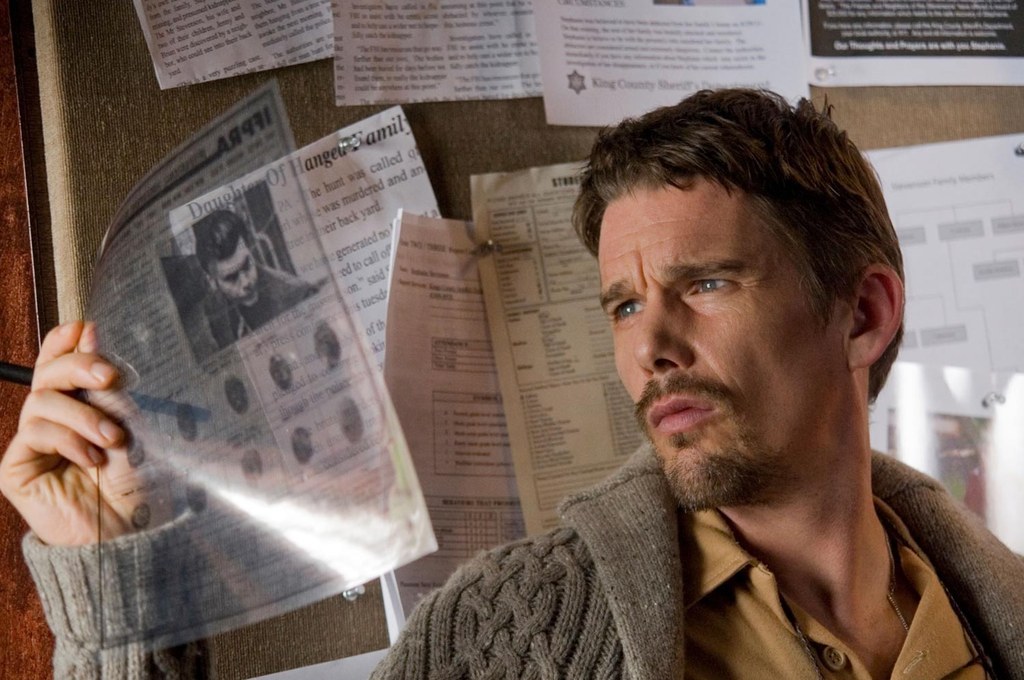
"We make a lot of movies and we make them fast," Blum said, which is something Sinister is a prime example of. The 2012 ghost story film had a speedy turnaround, even by Blumhouse standards.
"Scott Derrickson pitched me the movie, and I said, 'That is a great idea. I want to make it,'" Blum recalled. "I said, 'I could shoot that movie. Give me the script and I could shoot that movie eight weeks from when you give me the script.'"
Although Derrickson planned on completing two other films before writing Sinister, he was inspired by Blum's enthusiasm and ended up finishing the script eight weeks after their meeting. As Blum had promised, filming began eight weeks after that.
"We shot it really fast," Blum continued. "I think movies are overdeveloped in Hollywood. There's a big benefit to not overdeveloping and not being so precious about what you're doing. I think you lose a kind of vitality if you develop something into the ground."
Sinister is now on its way to becoming another Blumhouse franchise: The sequel Sinister 2 is scheduled for an August release.
But on that note…
The Purge (2013): Don’t plan for a franchise.
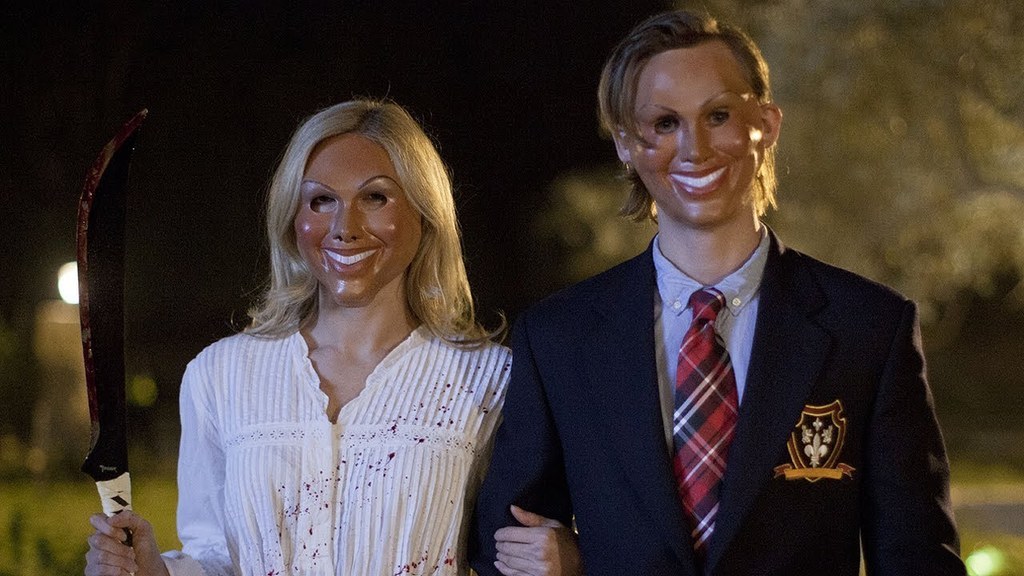
"You can't think of an original movie that you make for $3 million as a potential franchise," Blum cautioned. "Every time I've done that, I've gotten into trouble."
When it comes to deciding whether a character should live or die, for example, Blum insists that the potential for a sequel should never come into consideration.
"'If you need to kill Ethan [Hawke], kill Ethan,'" Blum remembered telling The Purge writer-director James DeMonaco. "'Don't worry about it. Just make the movie as great as you possibly can. If it works, we'll figure out the sequel.'"
It's a lesson that Blum learned from Paranormal Activity, which he proudly and ironically proclaimed "the ultimate movie that there shouldn't be a sequel of." Although The Purge presented a world that begged to be expanded on — it takes place in the near-future where a yearly night of violent lawlessness has drastically lowered the crime rate — Blum insisted that continuing the story was never a sure thing.
But once The Purge found an audience, the producer was eager to move the action from the confines of one house to the city as a whole. Given that the first film was a proven success, Blumhouse was willing to invest more money in the sequel, The Purge: Anarchy, to expand its focus.
"If you made a sequel to The Purge that was all, again, in one house, people would feel cheated. I want to see what happens outside," Blum said. "But to see what happens outside on Purge night is not cheap! You owe it to the audience from a microbudget movie for the sequels to have more scope, and that costs more money."
The budget for Anarchy was upped to a still reasonable $9 million, and the sequel ended up with a worldwide take of $110 million, outgrossing its predecessor's $89 million. It also did much better with critics, many of whom were disappointed by The Purge's limited perspective.
"I liked [the sequel] better," Blum admitted.
Ouija (2014): Pay attention to the critics.
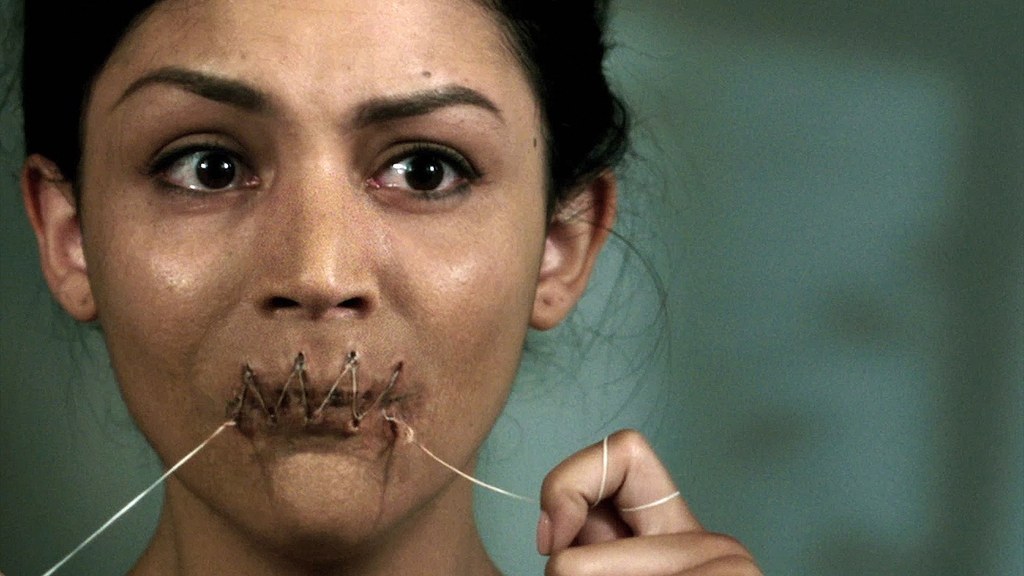
Though slightly more expensive than most original Blumhouse films at $5 million, Ouija was another financial success with a $100 million gross worldwide. On the critical side, however, it was a disaster: At 7% on Rotten Tomatoes, it's one of the company's lowest-rated features.
"I read all the reviews. I read the negatives ones first," Blum said. "And I don't understand people who make movies who say they don't read the critics. I read fucking tweets."
Though he stands behind all of his films, bad reviews, however helpful, aren't easy to swallow. "It totally hurts my feelings," Blum said. "I understand some of the criticisms we get, but you can't do what I do and not have an emotional connection to what you put out in the world. It's impossible."
But critical feedback is especially valuable when it comes to creating a franchise, Blum said, because negative reviews do have an effect on who will turn out for a sequel, regardless of the box office draw of the first. While The Purge: Anarchy ultimately trumped The Purge, for example, it had a slower build, perhaps because critics were so lukewarm on the original.
"It's much harder to do a sequel to a movie, even if it's financially successful, that's really not well reviewed," he said. "There's a bad taste in people's mouths."
That doesn't mean Blumhouse won't do it; that just means they're a little more cautious. Ouija 2, however, is in the works and if it's anything like The Purge: Anarchy — which is always Blum's hope — it could catch critics and audiences off-guard.
